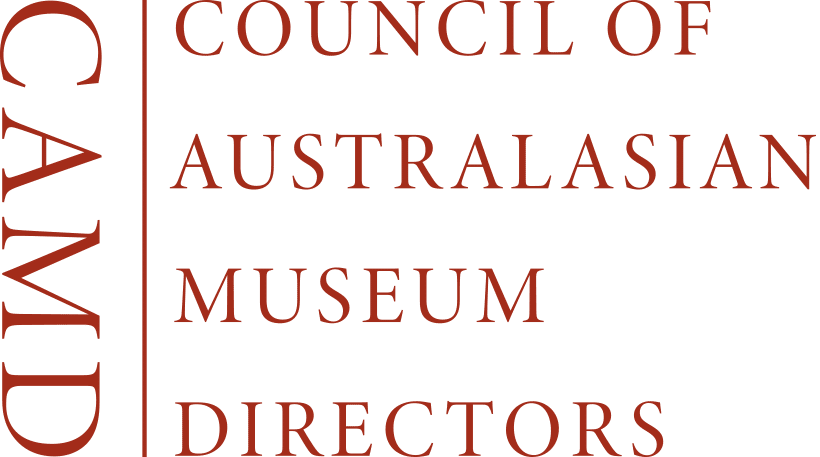Canterbury Museum opened in 1867, moving to a purpose-built, neo-Gothic stone building on its Rolleston Avenue site in 1870. The remainder of the Museum complex was added piecemeal in the 1870s and 1880s, 1958, 1977 and 1995 as the Museum’s collection grew.
The Museum cares for one of Aotearoa New Zealand’s most significant collections of historic artefacts and natural history specimens, numbering more than 2.3 million objects with an estimated value in excess of NZ$1 billion. We care for about a quarter of Aotearoa’s distributed national collection.
The Museum is the South Island’s most-visited tourist attraction. Pre-Covid, the Museum had over 800,000 visitors annually. We are funded by four Canterbury local authorities: Christchurch City, and Waimakariri, Hurunui and Selwyn District Councils, along with donations, grants and earned income.
The Museum opened a second central city site in 2013, Quake City, to tell the 2010/11 earthquake stories. In 2021, Ravenscar House Museum on Rolleston Avenue was opened to the public. The house was purpose built to display the late Jim and Susan Wakefield’s art collection. It was gifted to Canterbury Museum to operate on behalf of the city by the Wakefield family through its Ravenscar Trust.
After many years in the planning, we have now embarked on the 5-year redevelopment of the Museum buildings.
The Museum closed to the public in April 2023 after a blockbuster farewell exhibition of epic proportions. More than 60 urban creatives from around Aotearoa and the world created stunning works across five floors and 35 spaces inside the building including storerooms, stairwells, corridors and offices that were not usually accessible to the public.
A mammoth 8-month project to move everything out of the building – including the collection and all back of house staff – to offsite storage and offices – was completed at the end of April 2023.
A pop-up Museum with space for temporary exhibitions and “greatest hits” displays from the collection will open on the first floor of the central city Centre of Contemporary Arts (CoCA) building in mid-2023.
In the new Museum, planned to open towards the end of 2028, Cantabrians will enjoy a more welcoming space with many more taonga (treasures) on display, world-class facilities and the knowledge that their taonga are adequately protected. There will be more exhibition space with greater flexibility so exhibits can be changed regularly.
Araiteuru, a space at the heart of the new Museum, will be a space for mana whenua to tell their own stories using the taonga the Museum cares for in partnership with them.
The heritage buildings at the front and rear of the current complex will be retained, further strengthened and more of their heritage features revealed. A new building will be constructed behind the Rolleston Avenue heritage buildings which will connect with a glass walkway to the Robert McDougall Gallery.
The Gallery, the city’s former art gallery leased by the Museum from the Christchurch City Council, is being strengthened and upgraded. It will be used to display art from the Museum’s large collection, along with historical works from the collection of Christchurch Art Gallery Te Puna o Waiwhetū. The Gallery has been closed since it was damaged in the February 2011 earthquake.
A base-isolated collection storage basement will be built under the new building and the Gallery. This will protect visitors, staff, taonga and the buildings in the event of another earthquake. Base isolation will also enable the Museum to bring major international touring exhibitions to Canterbury once again.



